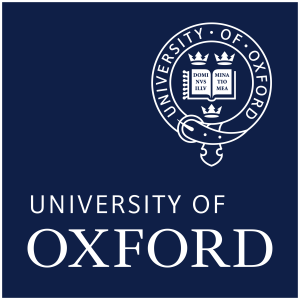Project overview
Background
Developmental language disorder(DLD) is one of the most prevalent neurodevelopmental disorders, with significant implications for children’s or young people’s daily lives and risks of substantial negative consequences for health, education, employment, wellbeing and social inclusion across the life-course.
The provision of effective intervention, to mitigate such consequences, is a clear priority for educational and health services across the world. However, current methods for reporting evidence from published intervention studies are inconsistent in both:
- The level of study detail, and
- In how different intervention components are described.
This means that practitioners, service providers, policy-makers and people with DLD are often left with more questions than answers. Consequently, limiting accurate translation of effective interventions in the real world. We believe that establishing an international consensus on reporting guidelines for people with or at risk of (D)LD would significantly accelerate progress in (D)LD research and the ease with which it can be used in clinical practice.
However, our aims can only be achieved if our work is truly international. Therefore, in autumn of 2021, Professor Cristina McKean, The University of Oxford, and Professor Pauline Frizelle, University College Cork, convened a discussion group of international experts who had either carried out SLT/P intervention research or systematic reviews in this area. The expert group have prioritised aspects of intervention to consider for the establishment of an international consensus on reporting guidelines. Namely:
- Participant
- Intervention characteristics, and
- Core outcome
These core group members represent 7 countries around the world: Ireland, the UK, Finland, the USA, Australia, Austria and Croatia.
Our aims
(i) Overarching aim
Our overarching aim is to ensure consistency of reporting on Language Disorder interventions by:
- Extending the existing EQUATOR guidelinesto the context of speech-language therapy/pathology for children with (D)LD, and
- Providing more specific guidance on participants, interventions and outcomes within the context of (i) the CONSORTchecklist (used to improve the reporting of randomised controlled trials), and (ii) the TIDieR (Template for Intervention Description and Replication)
Achieving consistency in reporting on language intervention will help us harness the collective benefits of intervention research worldwide, which in turn will allow us to achieve so much more to improve the lives of children with or at risk of (D)LD – that is the driving force behind TICLD!
(ii) Specific aims
We have 4 specific aims.
How we aim to do it
We will develop a core team to include representatives from each of the key groups who will either use or be influenced by the final reporting guidance across different countries. We refer to these groups as our stakeholders or participant groups:
- People with (D)LDand their families
- Speech and Language Therapists/Pathologists
- Researchers/academicsin the field of (D)LD
- Educators/other professionalsworking with children at risk of or diagnosed with (D)LD.
To achieve each set of aims we will:
- Conduct reviews of the literature,
- Carry out focus groups, and
- Use systematic consensus methods.
If we can work together and harness the collective benefits of intervention research worldwide we believe we can achieve so much more to improve the lives of children with or at risk of (D)LD.


